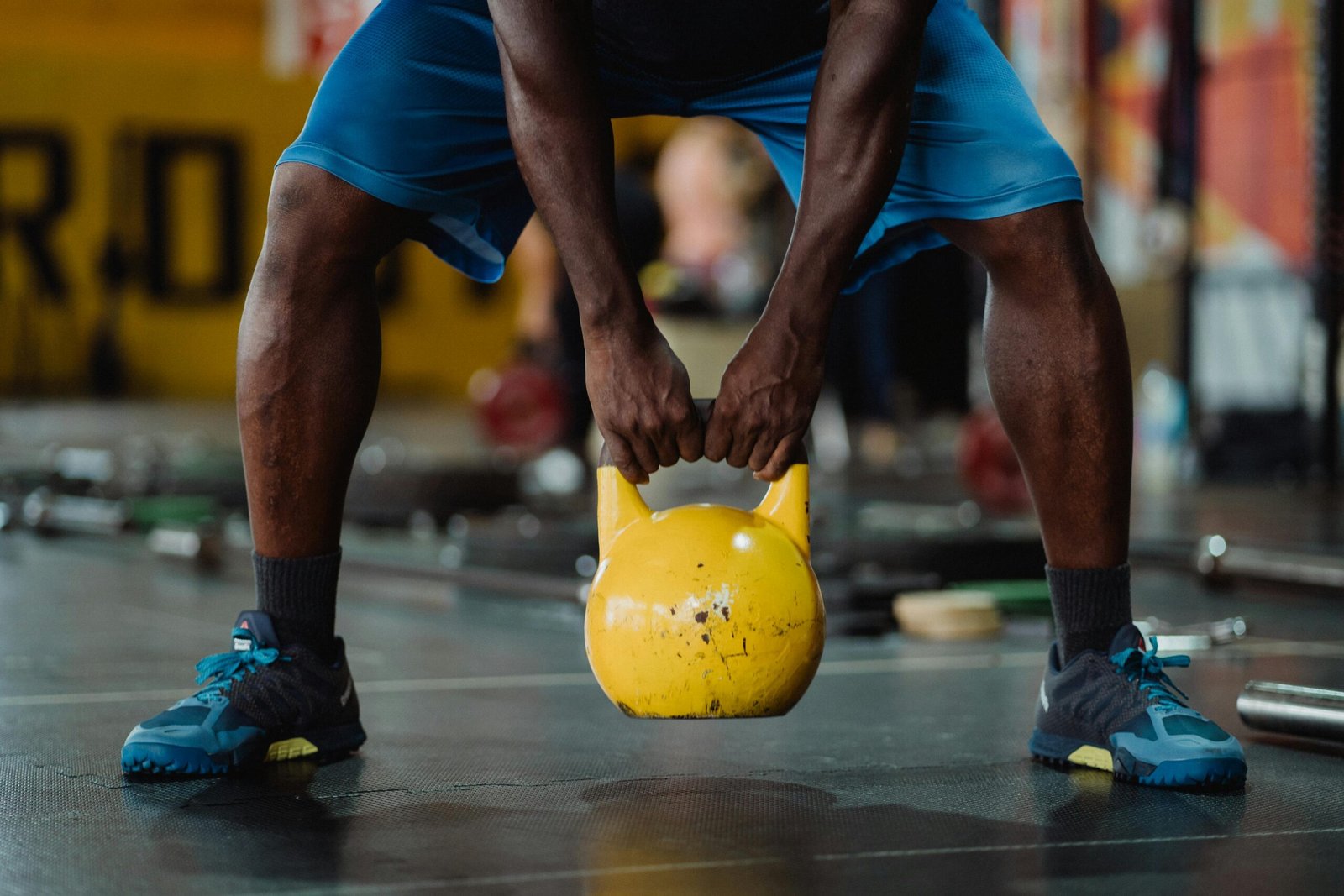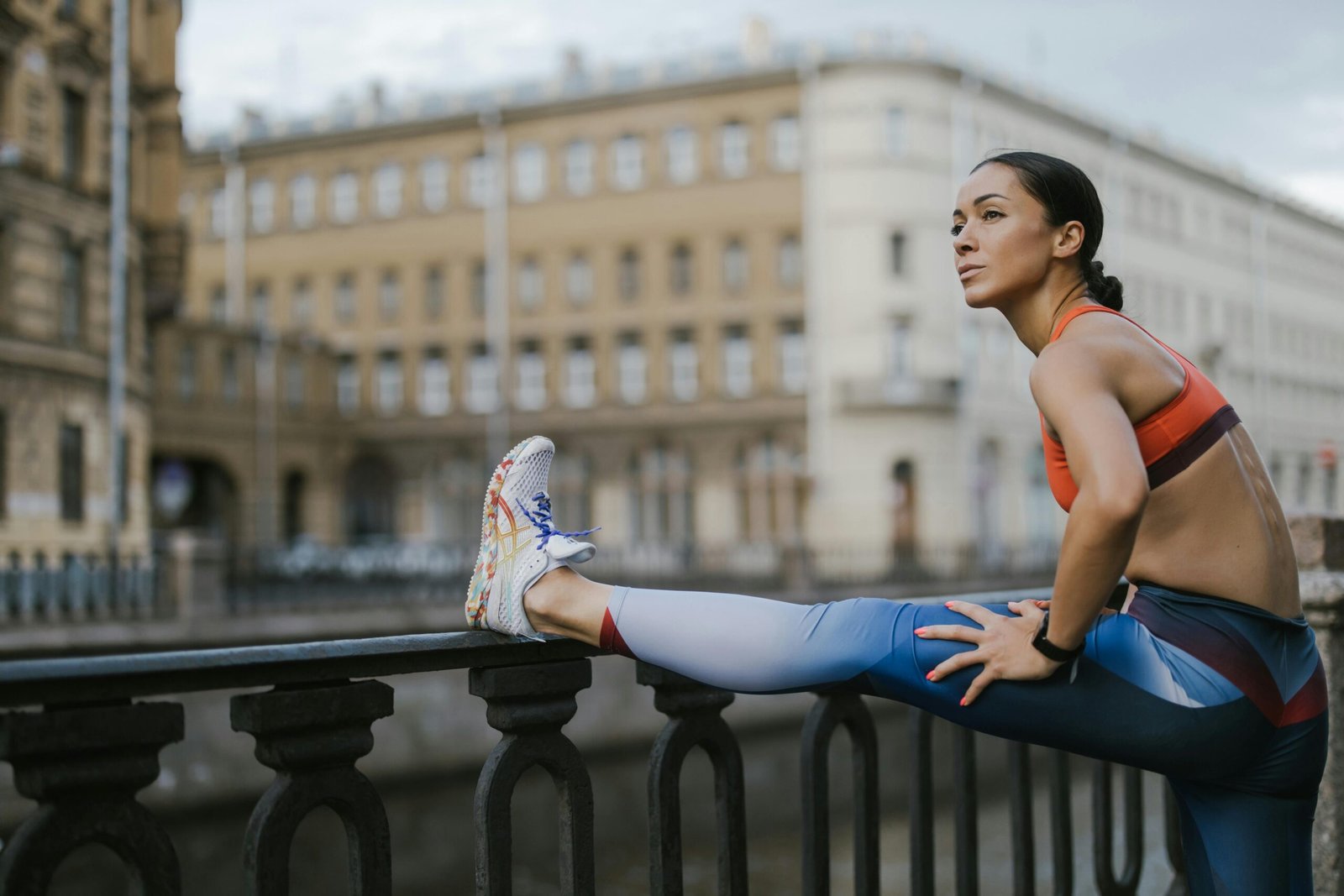Importance of training lower body

Why Do People Say to Never Skip a Leg Day?
We actually don’t know what is the benefits of legs workout and how to train it properly. This is the most important muscle in our body .Training the leg muscles properly it will be the reason of boosting the testosterone. legs are the biggest muscle in our body . Our leg muscles are Quadriceps, Hamstrings, Glutes, Calves. In this article you are going to know about several important things of lower body workout. which plays a significant role in your body transformation.
Table of Contents
The Role of Leg Workouts in Functional Training
Leg exercises are vital in functional training because they improve mobility, balance, and strength for everyday activities. Functional training focuses on movements that mirror daily tasks, and exercises like squats, lunges, and deadlifts are key for building lower body strength and core stability. These exercises replicate common actions such as lifting, bending, walking, and climbing, helping to prevent injuries and improve overall movement efficiency. Strong legs also enhance posture and coordination, reducing the risk of injury and making physical tasks, whether for sports or daily life, easier to perform
The Psychological Benefits of Leg Workouts
The psychological benefits of leg exercises are often overlooked, but they play a crucial role in mental health. Leg workouts trigger the release of endorphins, or “feel-good” chemicals, which help reduce stress, anxiety, and depression. This mood lift, commonly known as the “runner’s high,” can result from both strength-based and aerobic leg exercises.
Challenging leg exercises also boost confidence and mental toughness. Successfully completing demanding movements like squats and deadlifts fosters a sense of achievement and resilience. Additionally, strong legs contribute to improved self-esteem and body image, supporting overall emotional well-being.
Why you shouldn't skip a leg day ?
Neglecting leg day can lead to various harmful effects on both your health and appearance. Skipping leg workouts creates muscle imbalances that negatively impact posture and result in a disproportionate look between the upper and lower body. Furthermore, missing leg day can diminish your strength and athletic performance, as strong legs are crucial for numerous physical activities. Weak leg muscles also increase the risk of injury due to compromised balance and stability. Leg exercises target major muscle groups, boosting metabolism, supporting fat loss, and stimulating the production of testosterone and growth hormones to aid muscle recovery. Ultimately, regular leg training is vital for maintaining mobility and independence as you age, making leg day an essential aspect of any fitness routine
How often you should Train your legs ?
Leg training should generally be performed one to three times a week, depending on your fitness level, goals, and overall workout plan. If you’re just starting, it’s best to begin with one or two leg sessions per week to allow your body to adapt and recover. As you gain experience, you can increase the frequency to two or three times weekly, incorporating a variety of strength, endurance, and flexibility exercises. It’s important to provide adequate recovery time between sessions to avoid overtraining and reduce injury risk. If you engage in intensive leg workouts, consider scheduling rest days or lighter sessions in between to aid recovery. Ultimately, listen to your body and adjust the frequency of your leg workouts based on your personal needs and overall fitness goals.
Why leg workouts are so important ?
Exercises targeting the legs are vital for any fitness regimen, offering benefits that extend beyond merely building stronger legs. Leg workouts are important for several reasons:
- Increasing General Strength
Leg exercises engage major muscle groups like the quadriceps, hamstrings, glutes, and calves. Strengthening these muscles enhances overall body performance across various activities and workouts. - Increasing Stability and Balance
Strong legs are key to achieving better balance, stability, and coordination, which are crucial for daily tasks and sports. Strengthening your leg muscles can reduce the risk of accidents and falls. - Improving Athletic Capability
Leg power and movement are essential for activities such as cycling and running. Increased leg strength enhances speed, agility, and endurance, directly boosting sports performance. - Enhancing Fat Production
Working out your legs, which are larger muscle groups, raises your metabolic rate. This means your body continues to burn calories at an elevated rate even after a leg workout, aiding in weight loss and fat reduction. - Encouraging Proportionate and Symmetric Physicality
While upper body workouts are popular, neglecting leg exercises can result in an imbalanced physique. Strengthening the legs ensures proportional body growth, enhancing appearance and helping to prevent postural issues. - Encouragement of Joint Health
Strong leg muscles provide stability to the ankles, hips, and knees, reducing strain on these joints during physical activity. Regular leg workouts can help prevent joint pain and injuries, especially as you age. - Enhancing Operational Motions
Leg exercises, especially compound movements like lunges and squats, mimic everyday actions such as walking, climbing stairs, and sitting. Practicing these movements reduces injury risk and facilitates daily activities. - Activating the Hormone System
Exercises like deadlifts and squats, which involve multiple muscle groups, stimulate the production of growth hormones and testosterone. These hormones play a role in fat loss, muscle development, and overall fitness improvements. - Avoiding Unbalanced Muscles
A workout routine focused solely on the upper body can create imbalances, poor posture, and a higher risk of injury. Leg exercises ensure your body develops uniformly.
For a balanced, strong, and functional physique, regular leg workouts are essential.
- Greater Sturdiness
Increasing leg muscle strength enhances muscular endurance, allowing you to engage in physical activities for longer periods without fatigue. This is particularly beneficial for hikers, cyclists, and long-distance runners. - Development of Core Strengths
Many leg exercises, such as squats and lunges, engage the core muscles for stability. This not only tones the legs but also improves core strength, contributing to better balance, posture, and functional fitness. - Better Heart and Circulatory Health
High-intensity leg exercises, like running and jump squats, elevate heart rate and enhance cardiovascular health, leading to improved lung capacity and heart function, which boosts stamina and endurance. - Improving Mobility and Flexibility
Leg exercises that promote flexibility and range of motion in the hips, knees, and ankles include lunges, hip bridges, and stretches. Improved flexibility contributes to enhanced mobility, reduced injury risk, and quicker recovery from physical activities. - Easing Pain in the Lower Back
Strengthening the hamstrings, glutes, and other leg muscles helps support the lower back and alleviate pressure on the spine. Strong legs and hips can prevent or reduce lower back pain, especially in sedentary individuals. - Better Mental Well-Being
Leg workouts stimulate the release of endorphins, which help reduce stress and elevate mood, similar to other forms of exercise. Challenging leg workouts can boost confidence and enhance mental health by providing a sense of achievement. - Support for Rehabilitation and Injury Recovery
Leg exercises are vital in rehabilitation programs, especially for lower body injuries. Strengthening the muscles around joints, like the knees and hips, aids recovery and helps prevent further injury. - Improved Blood Flow
Engaging your leg muscles enhances blood circulation throughout the body, contributing to better vascular health and reducing the risk of circulation issues like varicose veins. - Enhanced Bone Density
Weight-bearing exercises, such as deadlifts and squats, place stress on the bones, increasing their density and strength. This is particularly important for preventing conditions like osteoporosis and reducing fracture risk as you age. - Training Time Efficiency
Compound leg exercises efficiently promote overall strength and fitness by targeting multiple muscle groups simultaneously, as seen in squats, lunges, and deadlifts. This allows for a comprehensive workout in less time. - Beauty Advantages
Toned and strong legs contribute to an aesthetically pleasing physique. The visual appeal of well-defined quadriceps, hamstrings, calves, and glutes enhances your overall appearance. - Increased Deployment Capacity
Leg exercises such as Olympic lifts, box jumps, and plyometrics develop explosive power. This is particularly beneficial for athletes involved in sports that require quick bursts of power and speed, such as football, basketball, or track and field. - Reducing the Chance of Long-Term Illnesses
Focusing on leg exercises improves metabolic health, thereby decreasing the likelihood of chronic diseases such as obesity, cardiovascular issues, and type 2 diabetes.
Leg workouts not only help you develop stronger legs but also have numerous positive effects on both your body and mind. A holistic approach is key to achieving long-term fitness and health goals.



